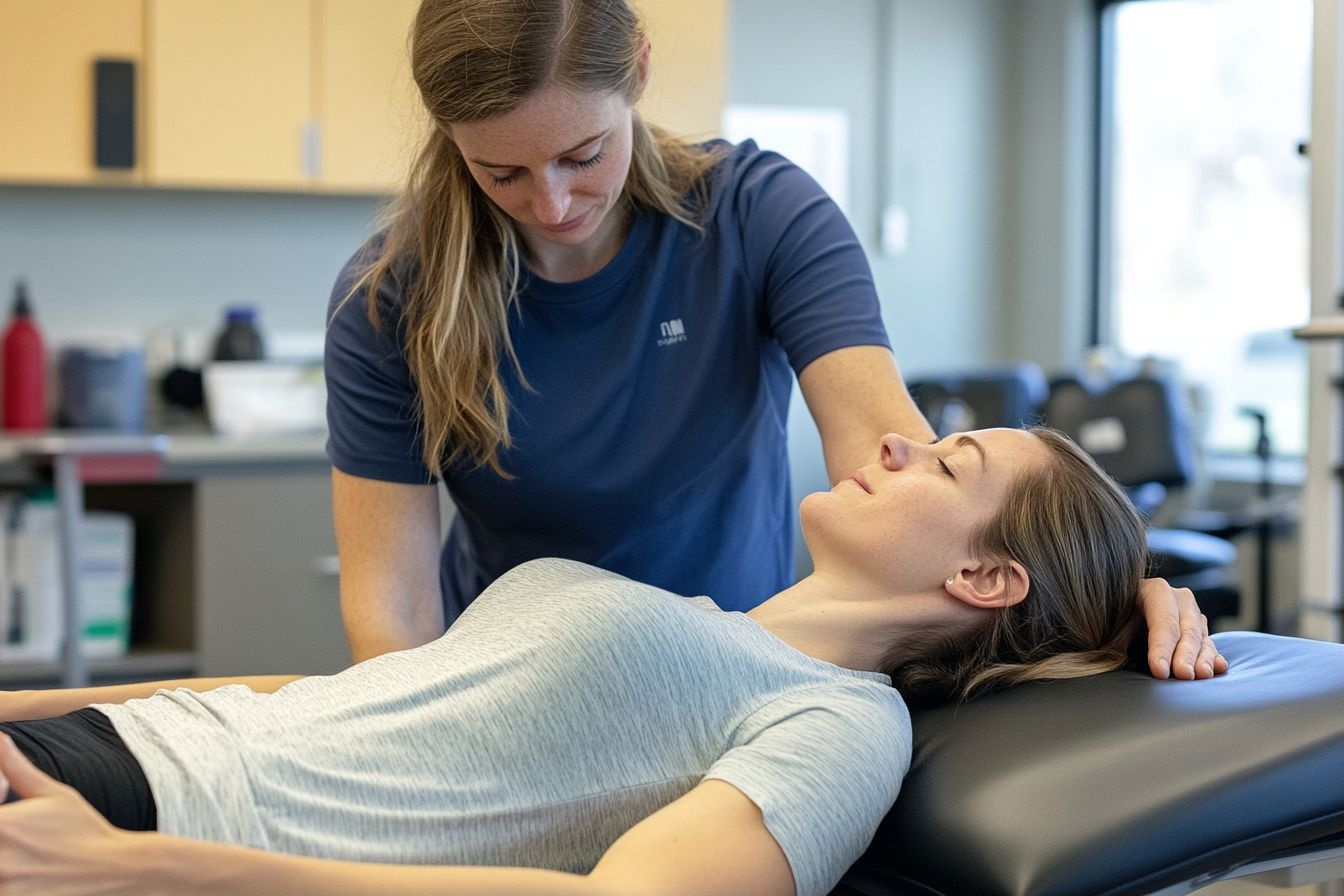Understanding Lymphedema: Causes, Symptoms, and Effective Physical Therapy Solutions
Learn about the causes, symptoms, and effective physical therapy approaches for managing lymphedema in this informative article. Explore the latest insights on how to address this condition and improve quality of life through proven therapeutic strategies.

What is lymphedema and how does it develop?
Lymphedema develops when the lymphatic system, a crucial part of the body’s immune and circulatory systems, is damaged or impaired. This system consists of a network of vessels and nodes that help remove excess fluid, waste, and toxins from tissues. When these vessels or nodes are compromised, lymph fluid accumulates, leading to swelling and discomfort.
There are two main types of lymphedema: primary and secondary. Primary lymphedema is a rare, inherited condition caused by abnormalities in the development of the lymphatic system. Secondary lymphedema, which is more common, occurs as a result of damage to the lymphatic system, often due to surgery, radiation therapy, infection, or trauma.
What are the common causes of lymphedema?
Several factors can contribute to the development of lymphedema:
-
Cancer treatment: Surgery or radiation therapy for breast, melanoma, gynecological, or prostate cancers can damage lymph nodes and vessels.
-
Infections: Certain parasitic infections, such as lymphatic filariasis, can cause lymphedema, particularly in tropical regions.
-
Obesity: Excess weight can put pressure on lymphatic vessels, impeding proper drainage.
-
Chronic venous insufficiency: This condition can lead to lymphedema in the legs.
-
Injuries or trauma: Severe injuries, burns, or insect bites can damage the lymphatic system.
-
Surgical procedures: Any surgery that involves removing lymph nodes increases the risk of lymphedema.
What are the primary symptoms of lymphedema?
Recognizing the symptoms of lymphedema is crucial for early intervention. Common signs include:
-
Swelling in the affected limb or body part, which may be mild to severe
-
A feeling of heaviness or tightness in the affected area
-
Restricted range of motion in joints
-
Thickening or hardening of the skin (fibrosis)
-
Recurring infections in the affected area
-
Difficulty fitting into clothes or jewelry in the swollen region
-
Pain or discomfort in the affected limb
It’s important to note that symptoms can develop gradually, sometimes years after the initial damage to the lymphatic system.
How can physical therapy help manage lymphedema?
Physical therapy plays a crucial role in managing lymphedema and improving patients’ quality of life. Certified lymphedema therapists use various techniques to reduce swelling, improve circulation, and prevent complications. Some effective physical therapy approaches include:
-
Complete Decongestive Therapy (CDT): This comprehensive approach combines several techniques, including manual lymph drainage, compression therapy, exercise, and skincare.
-
Manual Lymph Drainage (MLD): A gentle massage technique that stimulates the lymphatic system to remove excess fluid.
-
Compression therapy: Using bandages, garments, or pumps to apply pressure and prevent fluid buildup.
-
Exercise: Tailored exercises to improve lymph flow and maintain joint mobility.
-
Education: Teaching patients self-care techniques and lifestyle modifications to manage their condition effectively.
What are some unique insights about lymphedema treatment?
While traditional treatments are effective, new research and technologies are expanding the options for lymphedema management. Some innovative approaches include:
-
Lymph node transfer surgery: A microsurgical technique that transplants healthy lymph nodes to the affected area.
-
Lymphovenous anastomosis: A procedure that creates new connections between lymphatic vessels and veins to improve drainage.
-
Kinesio taping: A specialized taping technique that can help guide lymph fluid away from congested areas.
-
Pneumatic compression devices: Advanced pumps that simulate manual lymph drainage and can be used at home.
-
Laser therapy: Low-level laser treatment that may help reduce inflammation and stimulate lymphatic function.
What are some recommended physical therapy providers for lymphedema treatment?
Finding a qualified lymphedema therapist is crucial for effective treatment. Here are some reputable providers and organizations that offer specialized lymphedema care:
| Provider Name | Services Offered | Key Features/Benefits |
|---|---|---|
| Lymphology Association of North America (LANA) | Certification and provider listings | Ensures therapists meet high standards of care |
| National Lymphedema Network (NLN) | Education, resources, and provider directory | Comprehensive support for patients and professionals |
| Klose Training | Lymphedema therapy certification and courses | Trains therapists in complete decongestive therapy |
| Norton School of Lymphatic Therapy | Lymphedema management training | Offers both in-person and online courses for therapists |
| Földi College | Advanced lymphology education | Internationally recognized training center |
When seeking treatment, look for certified lymphedema therapists (CLTs) who have completed specialized training in lymphedema management. Many hospitals and rehabilitation centers also offer lymphedema treatment programs, so check with local healthcare providers for options in your area.
In conclusion, understanding lymphedema, its causes, and symptoms is the first step in effective management. With the right combination of physical therapy techniques, self-care practices, and ongoing support, individuals with lymphedema can significantly improve their quality of life and reduce the impact of this chronic condition.
This article is for informational purposes only and should not be considered medical advice. Please consult a qualified healthcare professional for personalized guidance and treatment.




